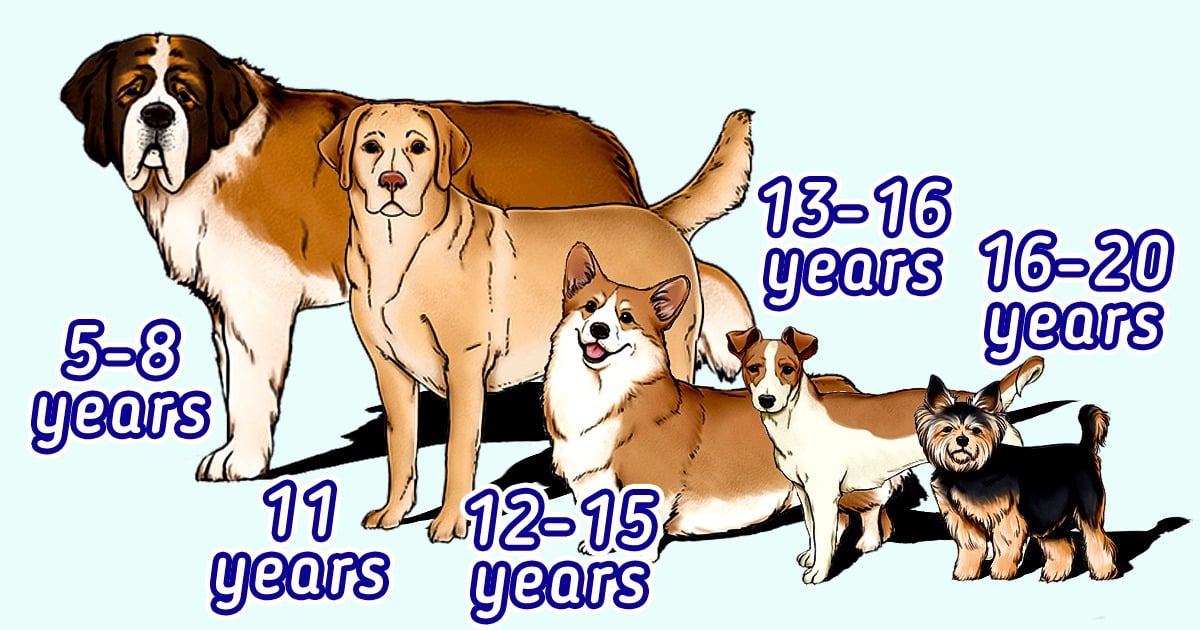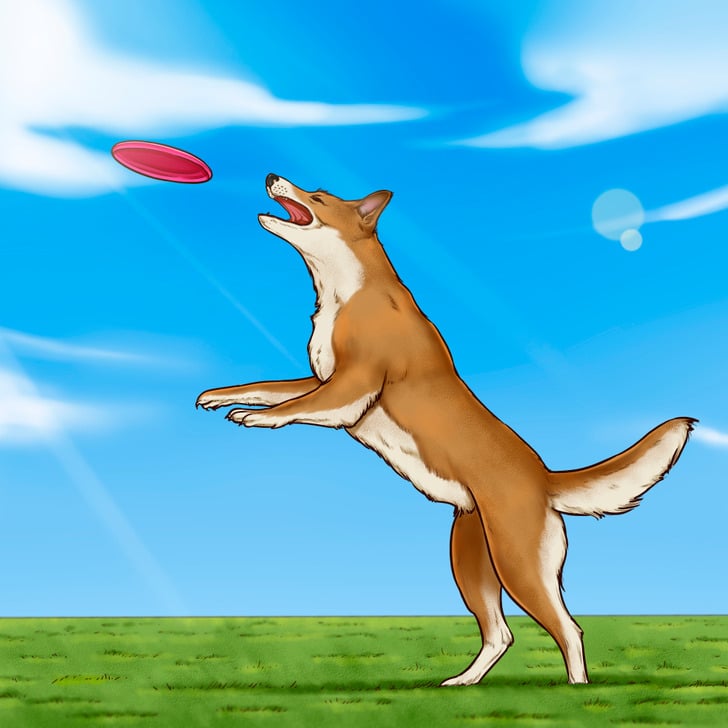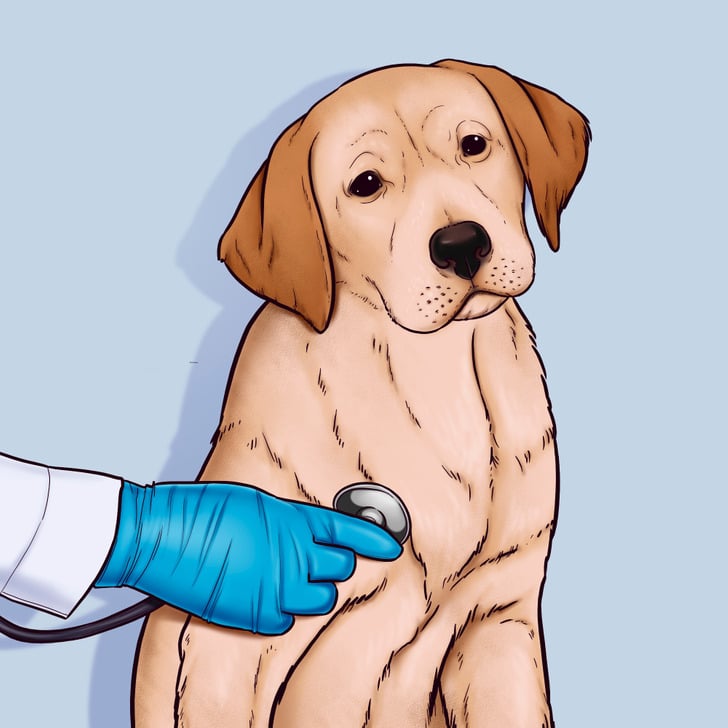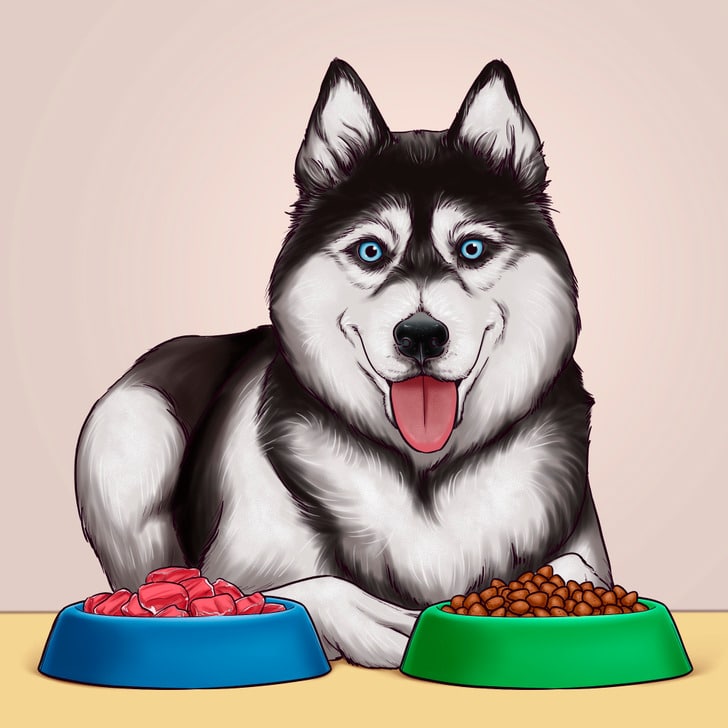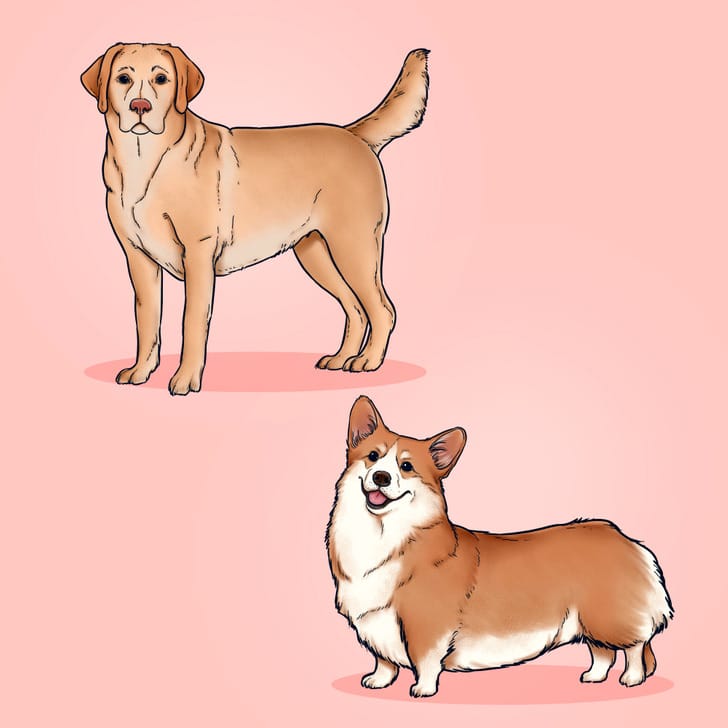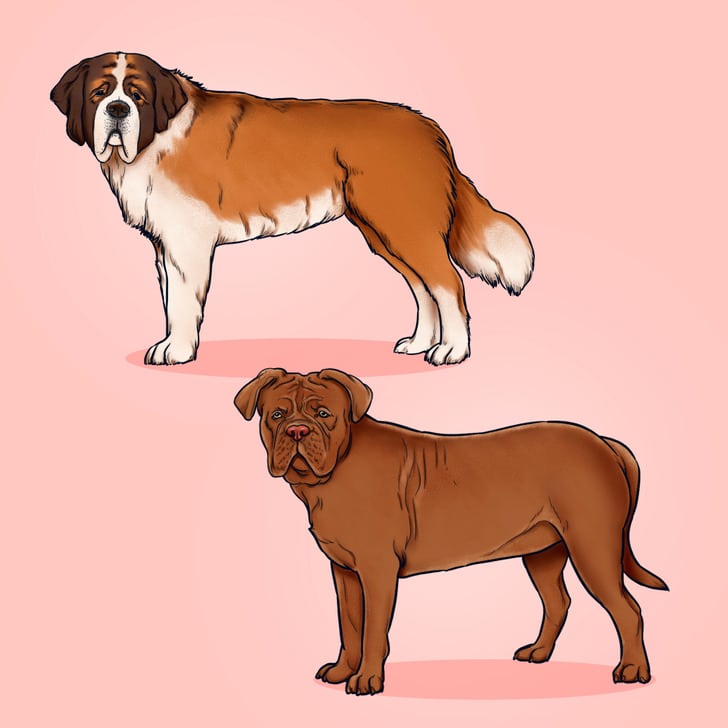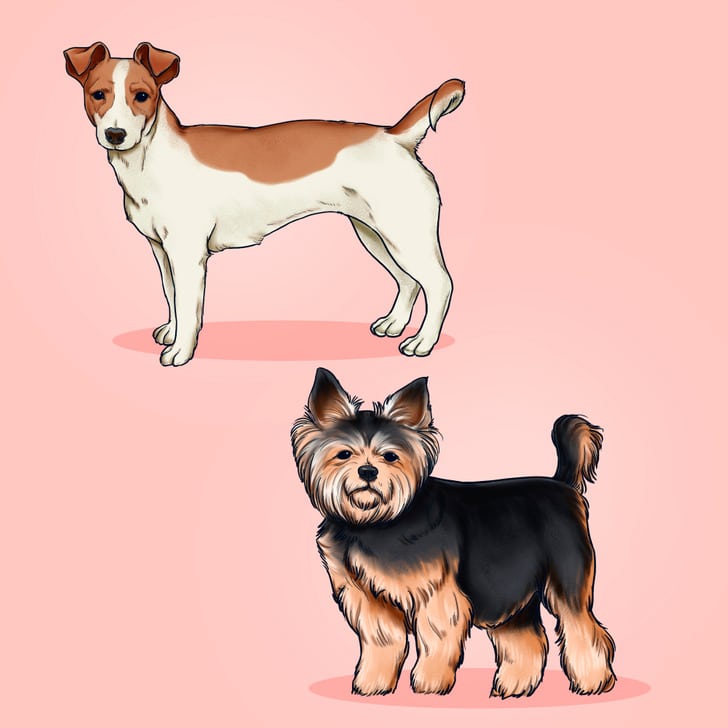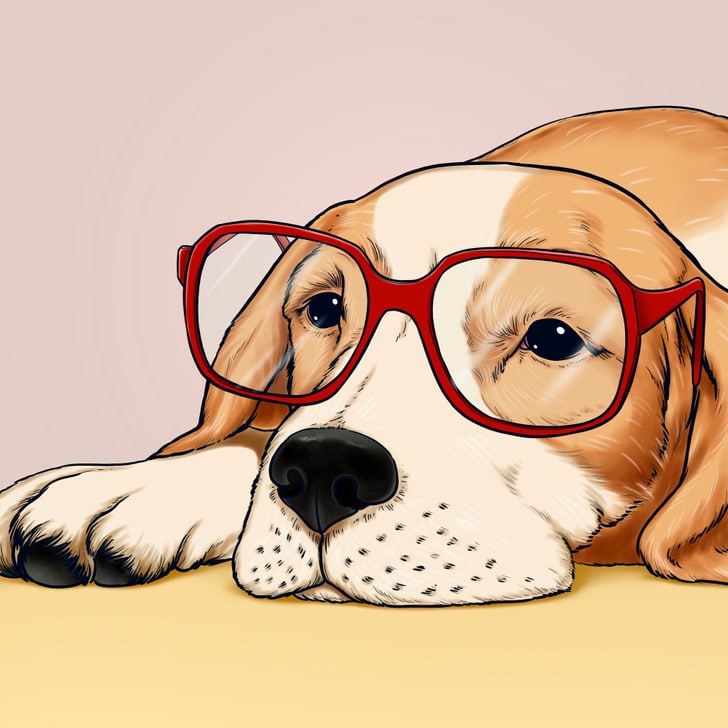A dog that is loved a lot joins the family. But before you get a four-legged friend, you should think about a lot of things, like how long your chosen breed is likely to live. Because some breeds can live less than 10 years and others can live up to 20.
Hiptoro would like to tell you how long most dog breeds live on average.
There is no way to know for sure how long a dog will live, but we do know how long they live on average. It’s also important to note that breed isn’t always the most important thing here. Different things affect how long your pet will live.
Lifestyle.
Every dog owner knows that their pet needs a lot of care. Animals need to be able to move around and get enough exercise. Every day, they need to go for a walk to burn off some energy and get warm. There are places just for dogs where they can run, jump, and do other things. A lot of people also take their pets to special clubs for classes. It all depends on how you like things.
A four-legged friend should not only be active physically but also mentally. It is good for them to play and learn how to do things. Dogs really like it when their owners give them attention and spend time with them.
Health.
If you want your dog to live a long life, you need to keep an eye on its health and make sure it gets regular checkups, vaccinations, and other treatments. If your pet has long-term illnesses, keep them under control and do what the vet tells you to do.
Some dog breeds are more likely to get sick than others. Learn about them and their signs and symptoms so that if they show up, you’ll know to get help right away.
Remember that dogs need to go to the dentist just like people do. They can get periodontal disease, which makes the gums swell and can cause them to lose teeth.
Hygiene.
It’s important to keep hygiene in mind. If you don’t follow some simple rules, bacteria can grow on your pet’s dishes and other surfaces in your home.
- After a walk, wash the pet’s paws and any other dirty parts of its body well. Make sure nothing is stuck between the paw pads or under the claws.
- Give your dog a full bath as often as his or her breed and coat require.
- If your pet has long or medium-length hair, you should brush it often.
- Keep an eye on the animal’s ears and eyes and make sure they are clean.
- Watch how your pet’s teeth are doing. You can use a special paste to clean your dog’s teeth. Follow what the dentist tells you to do.
- Wash the bowls for your pet every day to keep them clean.
- Clean and sanitize your pet’s toys. The most important thing is to use detergents that are gentle and don’t make allergies worse.
- Don’t forget to wash the clothes, towel, and bed that your dog uses.
Nutrition.
Whether you buy dog food or make it yourself, the most important thing is to feed your dog a healthy, well-balanced diet. The animal needs to eat the proteins, fats, carbs, vitamins, and trace elements it needs to live a healthy, active life. Talk to your vet about this and do what they tell you to do.
Make sure the dog doesn’t eat too much because being too fat can cut its life short. Give your pet clean water to drink all the time. A dog can’t survive without water.
The dogs that live longer.
Small animals and insects live short lives in the wild, while big ones live for a very long time. For example, the average life span of a housefly is one month, that of a rat is two to three years, that of a horse is up to 30 years, and that of an African elephant is up to 70 years. This means that the size of an animal or insect is linked to how long it lives. But dogs are a different story.
Small dogs tend to live longer than big ones. No one knows for sure why this happens, but some experts think that age-related diseases show up in big dogs before they do in little ones.
- Some breeds of small dogs can live as long as 18 years or more.
- Some breeds of medium-sized dogs live longer than 10–13 years.
- Big dogs can live for 8–12 years.
Keep in mind that these are just averages. In the description of the breed, you can find more exact information.
Purebred dogs usually live shorter lives than mixed-breed dogs. Because their immune systems are stronger, they are less likely to get sick.
The life expectancy of the popular dog breeds.
- Labrador Retriever — 11 years
- German Shepherd — 11 years
- Golden Retriever — 11 years
- French Bulldog — 8–10 years
- Bulldog — 8–12 years
- Beagle — 12–15 years
- Poodle — 12 years
- Rottweiler — 9 years
- German Shorthaired Pointer — 12–14 years
- Boxer — 9–10 years
- Siberian Husky — 12–15 years
- Great Dane — 6–8 years
- Pembroke Welsh Corgi — 12–15 years
- Doberman Pinscher — 10–13 years
- Australian Shepherd — 12–18 years
- Miniature Schnauzer — 12–14 years
- Cavalier King Charles Spaniel — 9–14 years
- Shih Tzu — 12–16 years
- Boston Terrier — 11–15 years
- Havanese — 14–16 years
- Shetland Sheepdog — 12–13 years
- Bernese Mountain Dogs — 6–8 years
- Pug — 12–15 years
- Russian Toy — 10–15 years
The dog breeds that have a shorter life expectancy.
- French Mastiff — 5–8 years
- Great Dane — 6–8 years
- Bernese Mountain Dog — 6–8 years
- Irish Wolfhound — 6–10 years
- Neapolitan Mastiff — 7–9 years
- Leonberger — 8–9 years
- Newfoundland — 8–10 years
- Saint Bernard — 8–10 years
- Scottish Deerhound — 8–10 years
- Bloodhound — 9–11 years
The ten longest-living dog breeds.
- Mediterranean Maltese — 12–15 years
- Jack Russell Terrier — 13–16 years
- Yorkshire Terrier — 16–20 years
- Toy Poodle — 14–20 years
- Cockapoo — 12–18 years
- Scottish Collie — 12–16 years
- Lhasa Apso — 14–20 years
- Pomeranian — 12–16 years
- Dachshund — 14–20 years
- Chihuahua — 14–20 years
The common signs of aging.
There are ways to tell when a pet is getting old. If you catch them early, you can switch to the right way to care for your four-legged friend.
- Dogs’ eyesight gets worse as they age, and their eyes can get cloudy.
- Dogs that are getting old often have kidney problems that make them urinate a lot.
- The dog’s personality may change, which often leads to irritability, dementia, and confusion.
- Some older dogs get arthritis or hip dysplasia, which makes it hard for them to stand up.
- As the dogs age, their metabolism changes, and they can also get thyroid problems. Dogs often gain or lose weight because of this.
- Dogs get more and more sleepy as they get older. They don’t play and run as much as they used to.
- Elderly dogs sleep more and deeper.
- Lipomas are fat bumps that can form on a dog’s skin as it ages. These tumors are harmless and don’t hurt.


